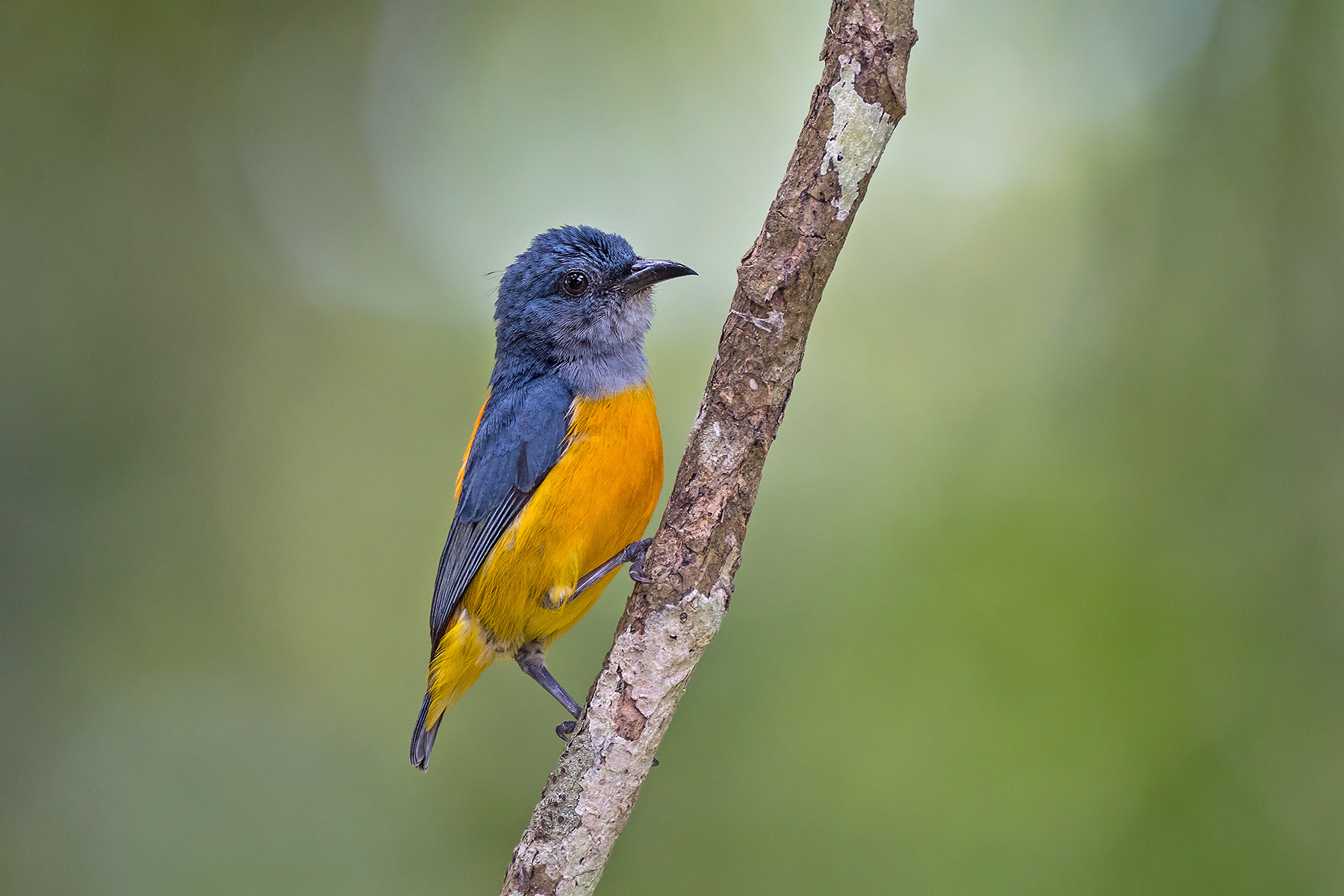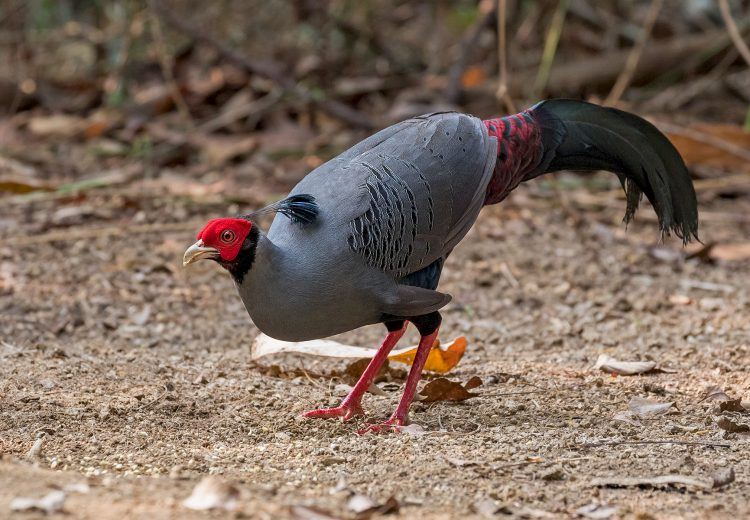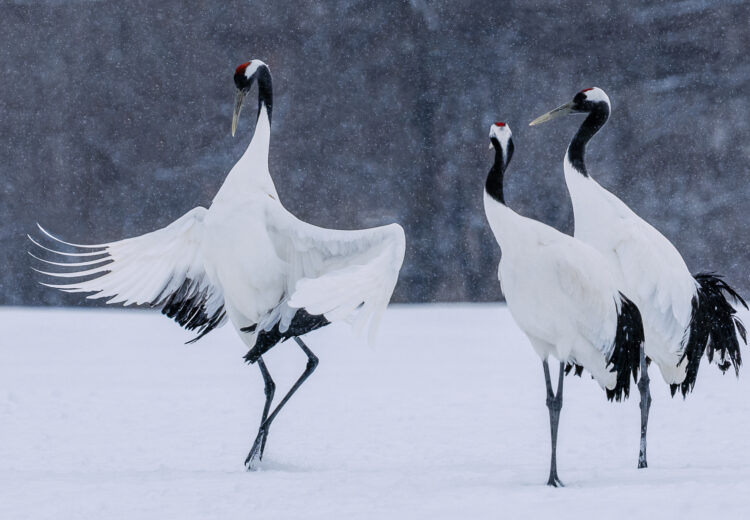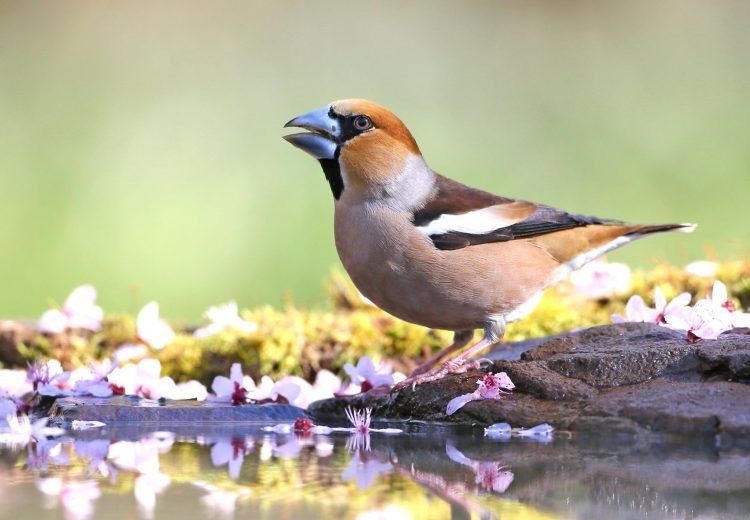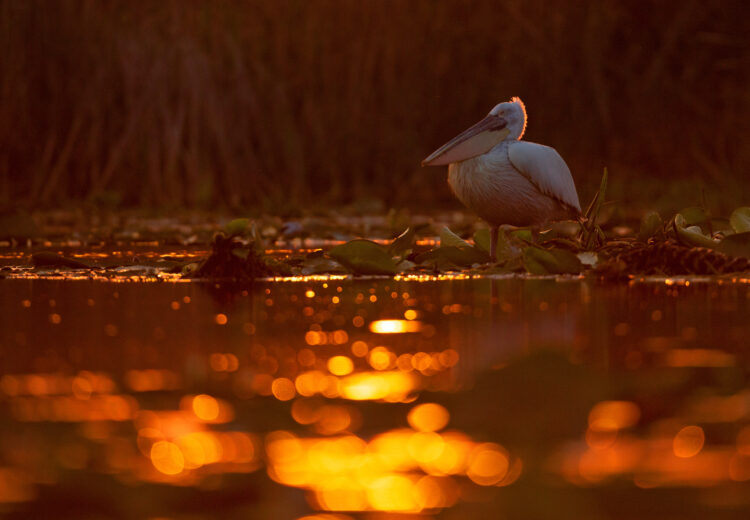|
Thursday 30th January –
Friday 14th February 2025 Leaders: Mike Watson and a local guide |
16 Days | Group Size Limit 5 |
|
Friday 30th January –
Saturday 14th February 2026 Leaders: Mike Watson and a local guide |
16 Days | Group Size Limit 5 |
Thailand is home to an amazing diversity of stunning bird species, both resident rainforest-dwelling birds and a great variety of northern migrants that come to spend the winter in warmer climes. It is also home to a mouth-watering array of other wildlife, and is a charming and enjoyable country to visit.
Our adventure will focus primarily on forested habitats, focusing on shy denizens that have long remained almost invisible to keen photographers! The habitats themselves make the photography difficult, but coupled with the shyness of most of the wildlife (mostly due to former hunting and poaching pressure), it has, until now, been very difficult to achieve great images of many of these superb species. However, in recent years, with the expansion of ecotourism, and the realization that wildlife photographers bring value to the local economy, the tide is beginning to turn. With the help of some excellent local contacts, we will focus on finding and photographing a number of the more spectacular species that regularly occur in Thailand. In recent years, dedication has led to several species being lured in to feeding areas, where they can be viewed at close range, sometimes with the use from of mesh hides and screens. The nature of the photography means that one does not need to spend too long in any one hide, and can come and go relatively as one pleases.
We will also spend some time in more open habitats looking for wetland species, using, in some areas, boats to get closer to some of the birds.
Of prime interest to many a birder and photographer alike, are the gorgeous, though usually ultra-elusive, pittas, and during our visit, we should have the opportunity to photograph the stunning Blue and Malayan Banded Pittas from these hides, and, with luck, the fabulous Eared Pitta. We should also have opportunities to photograph Mangrove Pitta. Equally impressive are colourful jewel-encrusted Grey Peacock-Pheasants and Mrs Hume’s Pheasants and other gamebirds such as Ferruginous Partridge should also oblige, and we will spend an afternoon with the incomparable Green Peafowl. The variety of other species available is truly fantastic. From highly-desired Siberian Rubythroats and Siberian Blue Robins to gorgeous Scarlet-faced Liocichlas and marauding flocks of garrulous laughingthrushes. Pack plenty of memory card as those shutters will be busy!
Although we will spend most of our time in the forest, we will also have a chance to explore some wetlands as well. Here we will be photographing the incredible numbers of waders that winter in the Gulf of Thailand, including, with luck, the enigmatic Spoon-billed Sandpiper and Nordmann’s Greenshank, whilst boat trips will give us an opportunity to see some truly wonderful kingfishers, including the localized Brown-winged Kingfisher.
As an added bonus, we will also get to experience the incredible Thai hospitality and the exquisitely tasty cuisine at each of our bases!
Accommodation & Road Transport
The hotels used during our Thailand Bird Photography tour are of an excellent standard. Road transport is by minibus (passenger van) and roads are generally of a good standard.
Walking
The walking effort during our Thailand Bird Photography tour is easy.
Climate
At lower altitudes in Thailand, it will be hot and relatively humid. At higher altitudes the weather is similar but temperatures are a little cooler. It will be generally rather humid, and some rain, particularly in the afternoons, is likely.
Photographic Equipment
For bird and other wildlife photography on this tour, we recommend an effective telephoto length of at least 500–600mm with DSLR or mirrorless cameras. We will often be shooting in fairly low-light conditions, making a full-frame sensor preferable, as it will be advantageous to be able to shoot at high ISO without excessive noise.
If you have questions about what equipment you ought to bring, please contact us.
Photographic Highlights
- Pitta photography, with the potential to photograph Blue, Malayan Banded (one of the world’s most beautiful) and perhaps Eared at close range from hides/blinds.
- Pheasant photography, with potential to photograph Mrs Hume’s Pheasant, Kalij Pheasant and the delightful Grey Peacock Pheasant at close range from hides/blinds.
- An afternoon with fantastic wild Green Peafowl at a protected area in the north of the country.
- Photographing many other attractive forest species from hides/blinds, including Siberian Blue Robin, Siberian Rubythroat, Ultramarine Flycatcher and the incomparable Dark-sided Thrush.
- Visiting the gulf of Thailand to photograph the thousands of overwintering shorebirds including the enigmatic Spoon-billed Sandpiper.
- For those who wish, we can attempt to find and photograph some nightbirds, such as Collared Scops Owl, Brown Hawk Owl and the amazing Blyth’s Frogmouth.
OUTLINE ITINERARY
- Day 1: Morning tour start at Bangkok airport. Fly to Chaing Mai, drive to Doi Inthanon.
- Days 2-3: Doi Inthanon, including an afternoon with Green Peafowl.
- Day 4: Drive to Doi Lang.
- Days 5-6: Doi Lang.
- Day 7: Morning at Doi Lang. Drive to Chiang Mai airport. Flight to Bangkok. Drive to Pak Thale.
- Days 8: Pak Thale and Laem Pak Bia.
- Day 9: Pak Thale, then drive to Kaeng Krachan.
- Days 10-12: Kaeng Krachan.
- Day 13: Long drive to Si Phang Nga National Park (travel day).
- Day 14: Si Phang Nga National Park.
- Days 15: Si Phang Nga National Park then drive to Krabi.
- Day 16: Morning at Krabi, then drive to Krabi airport for afternoon flight to Bangkok where tour ends.
To see a larger map, click on the square-like ‘enlarge’ icon in the upper right of the map box.
To see (or hide) the ‘map legend’, click on the icon with an arrow in the upper left of the map box.
To change to a satellite view, which is great for seeing the physical terrain (and for seeing really fine details by repetitive use of the + button), click on the square ‘map view’ icon in the lower left corner of the ‘map legend’.
PRICE INFORMATION
Wild Images Inclusions: Our tour prices include surface transportation, accommodations, meals and entrance fees.
Our tour prices also include all tips for local guides, drivers and accommodation/restaurant staff.
Deposit: 20% of the total tour price. Our office will let you know what deposit amount is due, in order to confirm your booking, following receipt of your online booking form.
TO BOOK THIS TOUR: Click here (you will need the tour dates)
2025: confirmed £4930, $6490, €5900, AUD9670. Bangkok/Bangkok.
2026: provisional £5000, $6590, €5990, AUD9810. Bangkok/Bangkok.
Single Supplement: 2025: £470, $620, €560, AUD920.
Single Supplement: 2026: £470, $630, €570, AUD930.
If you are travelling alone, the single supplement will not apply if you are willing to share a room and there is a room-mate of the same sex available.
This tour is priced in US Dollars. Amounts shown in other currencies are indicative.
Air Travel To & From The Tour: Our in-house IATA ticket agency will be pleased to arrange your air travel on request, or you may arrange this yourself if you prefer.
THAILAND BIRD PHOTOGRAPHY TOUR: DETAILED ITINERARY
Day 1
The tour begins this morning at Bangkok international airport from where we will take a flight to Chiang Mai and travel on to Doi Inthanon for a three nights stay.
Days 2-3
Doi Inthanon National Park is a large reserve protecting the forests of Doi Inthanon (2565m), Thailand’s highest mountain. The birdlife of this great mountain changes dramatically as one ascends from low to high altitudes. There are also some very pleasant landscapes.
During our time at Doi Inthanon, we will be focusing our time on three areas where photography is likely to be most productive.
At the highest altitudes, we will spend some time around the summit of Doi Inthanon, where a sphagnum bog is surrounded by rhododendron trees draped in hanging moss and decorated with beautiful orchids and epiphytes. Here, many of the birds are relatively approachable, and with patience we should be able to photograph a number of interesting species which include the delightful Rufous-throated Partridge, colourful Chestnut-tailed Minlas and Rufous-winged Fulvetta, perky Yellow-cheeked Tits and jewel-like Gould’s and Green-tailed Sunbirds.
At middle altitudes, we will focus our attention on areas close to some rivers and will visit a hide. Here we will hope to photograph a variety of species from the tiny Pygmy Cupwing to the impressive Dark-sided Thrush, with other possibilities including the delightful Slaty-backed Forktail, Plumbeous Redstart, White-tailed Robin, White-capped Water Redstart, Rufous-bellied Niltava, Blue Whistling Thrush and, perhaps, the very special Scaly Thrush.
At lower altitudes, we will spend a little time around our resort itself. Here there is a viewpoint to watch Blossom-headed Parakeets come to roost, and sometimes these are photographable. There is also a good chance of finding Spotted Owlets and Brown Hawk Owl in the resort gardens.
On one afternoon, we will make an excursion to an area in the foot hills where the local people have protected a wild population of stunning Green Peafowls. Each afternoon, gangs of females and several stately males make their way back up to the sanctuary for a bit of free food and sometimes a bit of display. These amazing birds have become quite habituated and allow some amazing photographic opportunities.
Day 4
After a final morning at Doi Inthanon, we will drive north to the small town of Fang for a three nights stay.
Days 5-6
We will spend these two days exploring the forested slopes of the excellent Doi Lang. The drier west side is more open, with grassland and coniferous forest, denser evergreen forest being restricted to the wetter areas, whilst the east flank is clad in much more humid forest. We will spend time on both sides as the variety of species on each side is different. Enterprising photographers have set up a series of unofficial feeding sites here, and by patiently waiting at various roadside spots, one has a chance of finding and photographing a number of species. High on our list of wants will be the elegant Mrs Hume’s Pheasant, which can often be found feeding on the road, alongside Mountain Bamboo Partridges. Whilst looking for the pheasants, bold White-browed Laughingthrushes and Rusty-cheeked Scimitar Babblers hop around, Grey-backed Shrikes are likely to appear and other species such as Grey Bushchat, Olive-backed Pipits and Japanese Tits are regular. As we move up and down the road, we should encounter a number of other photogenic species which may well include the impressive Spot-breasted Parrotbill, Silver-eared Laughingthrush, the gorgeous Scarlet-faced Liocichla, gangs of Dark-backed Sibias, stunning Siberian Rubythroats, the incredibly vivid Ultramarine Flycatcher, Rufous-gorgetted and White-gorgetted Flycatchers, Large Niltava, Blue Whistling Thrushes and Himalayan Bluetails, and with luck, we’ll also encounter Chestnut-vented and perhaps Giant Nuthatches.
Day 7
After a final morning at Doi Lang we will return to Chiang Mai. We will make a brief stop at some Hot Springs where we may have the chance to photograph the impressive Spot-winged Grosbeak, if they are currently in residence. From Chaing Mai we will take a flight to Bangkok and then drive on south-westwards to the shores of the Gulf of Thailand at Had Chao Samran for a two nights stay.
Day 8
Today we will visit the Pak Thale area, exploring an area of marshy pools, mangroves, mudflats, shrimp-ponds and saltpans. The photography here is not straightforward and requires both patience and an element of luck. The birds range over large areas, and the only realistic way is to approach the birds very carefully and photograph them as best as possible with long lenses. Some days many of the birds are quite confiding, whilst on other occasions, particularly when predators such as a Peregrine are around, they can be extremely flighty, so we will just have to try our best!
The numbers and diversity of wintering waders from northern Asia make a visit to this area an exciting experience. Best of all, the rare Spoon-billed Sandpiper winters in this area in small numbers, and it is quite possible to find up to five or more of these bizarre little waders here. The rare Nordmann’s Greenshank, an endangered species whose world population is estimated to be just 1000 birds, also occurs, Great Knot is regularly present and we also have a good chance of picking up the rare Asian Dowitcher. More numerous and widespread species include Black-winged Stilt, Little Ringed, Kentish, Greater Sand, Mongolian, Grey (or Black-bellied) and Pacific Golden Plovers, Eurasian Curlew, Black-tailed Godwit, Marsh, Wood, Common, Terek, Broad-billed and Curlew Sandpipers, Ruddy Turnstone, Common Greenshank, Common and Spotted Redshanks, and Red-necked, Temminck’s and Long-toed Stints.
Amongst the other species we are likely to see, and perhaps photograph in this area are Little Cormorant, Little, Great, Intermediate and Eastern Cattle Egrets, Javan Pond Heron, Black-crowned Night Heron, Brahminy Kite, White-breasted Waterhen, Brown-headed Gull, Whiskered Tern, Spotted, Peaceful and Red Collared Doves, Oriental Magpie-Robin (the emblem of the Bangkok Bird Club), Pied Fantail, Asian Pied and Black-collared Starlings, Common and Great Mynas and Black Drongo.
Day 9
After a final morning in the Pak Thale area, we will make our way to Kaeng Krachan National Park where we will stay nearby for four nights.
Days 10-12
Kaeng Krachan National Park is situated on the eastern side of the remote Tenasserim mountain range near the Burmese border. The National Park was established in 1981, after a visit to the area by the King of Thailand, and is the largest in the country, over 3000 square kilometres (1158 square miles) in extent, encompassing a wide range of forest habitats and possessing the richest forest avifauna in the entire country. However, we will spend little time inside the national park itself, and instead will focus our attentions on a series of mesh hides which have been established by local land owners to serve the needs of visiting bird photographers. Each one is subtly different in its composition of visiting species, and we may need to visit some more than once to secure our quarry.
High on our want list will be the stunning Blue Pitta and the equally impressive, if less colourful, Eared Pitta, and these species have been regular in recent years. Equally impressive are some of the gamebirds, and we will hope to encounter jewel-encrusted Grey Peacock-Pheasants, superb Kalij Pheasants, bold Ferruginous Partridges and more circumspect Bar-backed and Green-legged Partridges. Common Emerald Doves strut around on the ground, and ccasionally a Slaty-legged Crake may also join the party! A regular theme of these hides are entertaining, marauding gangs of White-crested, Leseer Necklaced and Greater Necklaced Laughingthrushes, and these are joined by usually shy White-browed and Large Scimitar Babblers and sometimes the incredible Common Green Magpie. Both Greater Yellownape and Grey-headed Woodpeckers are frequent visitors and a variety of flycatchers are attracted in to the hides, including the colourful Black-naped Monarch, Blyth’s Paradise Flycatcher, gorgeous Indochinese Blue, Chinese Blue and Hainan Blue Flycatchers and other regular visitors may well include lovely White-rumped Shama and Siberian Blue Robin, the drab but charismatic Brown-cheeked Fulvetta, Pin-striped Babbler, the smart Puff-throated Babbler, the blue-eyed Racket-tailed Treepie and a variety of bulbuls including the smart Black-crested and Stripe-throated Bulbul. Lesser Oriental Chevrotain (or Mouse Deer) is a frequent visitor, as are a variety of squirrels and tree shrews, and if we are very fortunate we may encounter other mammals at the hides, such as a Leopard Cat!
Around our lodge is also great for photography, with some of the species above being present, and we can also attempt to find and photograph nocturnal species, such as Large-tailed Nightjar and Collared Scops Owl.
We may also make a visit to the park itself. Here, photography, in general, is far more difficult, though we may encounter a few different species such as Orange-bellied Trogon and the charming Dusky Langur (or Leaf Monkey).
Day 13
After a final early morning at Kaeng Krachan, we will make the long drive south to Phang Nga for a two nights stay. Although it will take us much of the day, it is easier, less arduous, and probably quicker than driving back north to Bangkok and getting completely packed up to fly south.
Day 14
Today we will visit Si Phang Nga National Park, really for one reason… to photograph the absolutely stunning Malayan Banded Pitta, and much of our day will be focused on getting as good images as possible of this simply amazing species. If luck is on our side, we may also be able to find and photograph a roosting Blyth’s Frogmouth. Although birds in the forest here are generally shy and difficult to photograph, we should find a few other species to point our cameras at, such as the superb Red-bearded Bee-eater.
Day 15
After a final morning at Si Phang Nga National Park, we will make our way to Krabi for an overnight stay. We will make some stops along the way, one to look for Spotted Wood Owl which, if present, may well be photographable, and later we will stop off at some mangroves. Here, we may well have our first opportunity to photograph Mangrove Pitta, and other potentially photographable species in the mangroves here may well include the exotic-looking Black-and-Red Broadbill, the smart Streak-breasted Woodpecker, and Chestnut-bellied Malkoha. Later we will arrive at our resort in Krabi and if time permits, we will look close to our resort where we may have another chance to photograph Mangrove Pitta.
Day 16
This morning we will take a boat trip out into the mangroves at Krabi. Here, we will especially be on the lookout for kingfishers, and we have an excellent chance of photographing the striking and localized Brown-winged Kingfisher, and perhaps the smart Ruddy Kingfisher. Black-capped Kingfisher will also be present, though is often rather skittish, and, if we’ve not yet succeeded, we will make another attempt to photograph Mangrove Pitta. Brahminy Kites sometimes wheel overhead, and if the tides are correct, we will have the chance to look for shorebirds out in the bay, and these sometimes include Great Knots and a few Nordmann’s Greenshanks which can, with luck, be approached in the boat. Late in the morning, we will return to our resort in time to pack up and have a final Thai meal together.
Later in the afternoon, we will transfer to Krabi Airport for a flight to Bangkok Airport where the tour will end.
Vietnam: Bird Photography Tour Report 2020
by Pete Morris
Not only was this our first Wild Images bird photography tour to Vietnam, it was also the first Wild Images tour of its kind – an entire trip focused on photographing birds in tropical rainforest. Generally speaking this is an extremely difficult discipline, as most tropical birds are shy and difficult to approach, and light […]
View Report
Other Wild Images Tours particularly good for bird photography
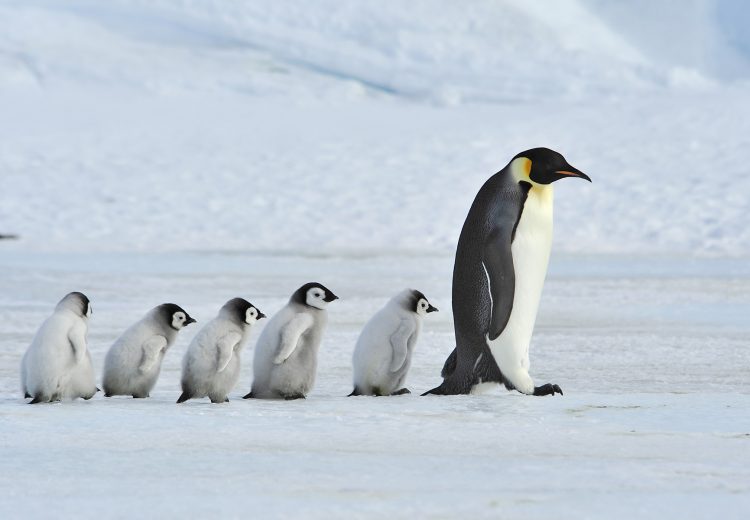
Antarctica
November 2024
EMPEROR PENGUINS OF ANTARCTICA: An extraordinary visit to a colony in the Weddell Sea by air
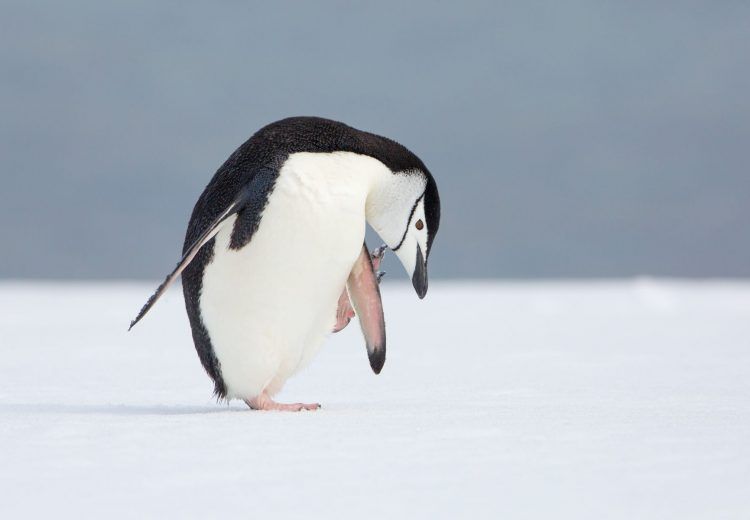
Falkland Islands & South Georgia
November-December 2024
ANTARCTICA, FALKLAND ISLANDS & SOUTH GEORGIA: Photography on a different planet
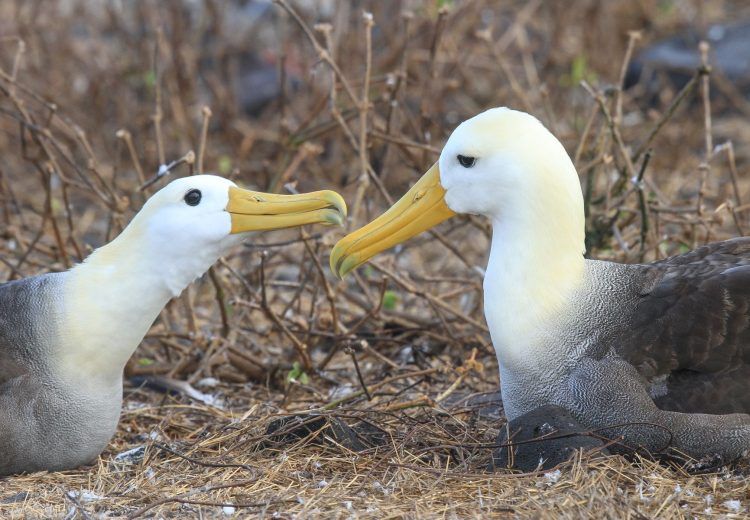
South America (including Galapagos)
May 2025
GALAPAGOS ISLANDS: Extraordinary wildlife photography in the footsteps of Darwin
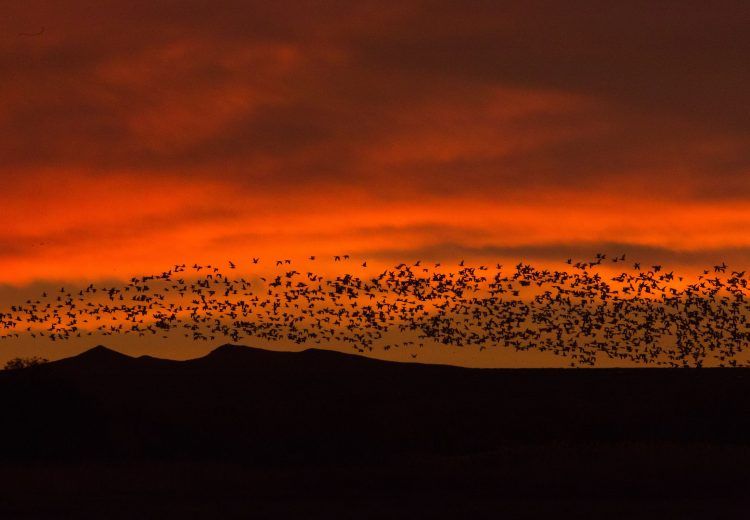
United States of America
December 2025


